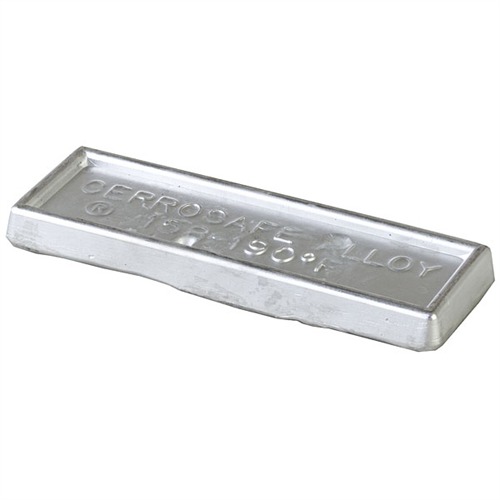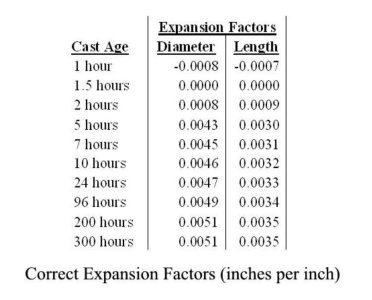slow-poke
Ultra Member
This is an interesting find..... https://holecalc.com/
Fairly common to want to measure a hole diameter larger than your largest pin gage (1/2" in my case)
By combining three pins you can accurately make a larger pin with three smaller gage pins
So for example I want a 1.000" pin
I use 0.5" + 0.499" + 0.348"
Next time I need to measure a bore, I'm going to compare results with telescoping gage, I'm guessing this method will be more accurate.
Fairly common to want to measure a hole diameter larger than your largest pin gage (1/2" in my case)
By combining three pins you can accurately make a larger pin with three smaller gage pins
So for example I want a 1.000" pin
I use 0.5" + 0.499" + 0.348"
Next time I need to measure a bore, I'm going to compare results with telescoping gage, I'm guessing this method will be more accurate.


